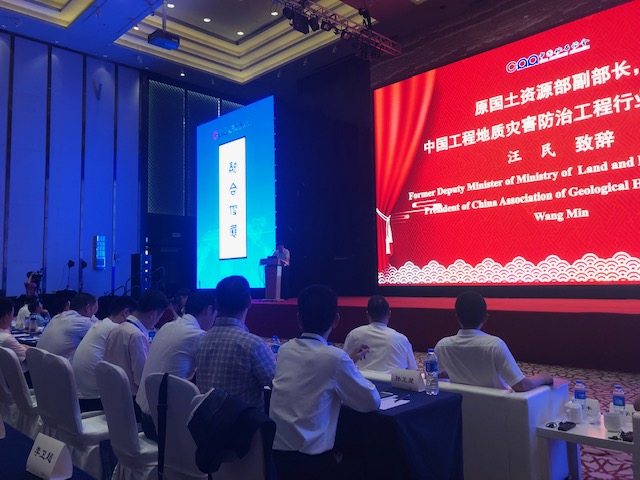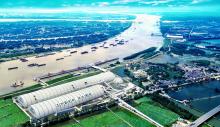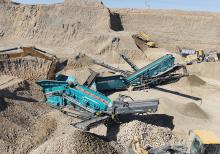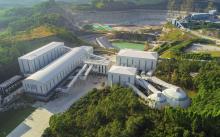
Demand for aggregates in China will remain consistently strong over the next ten years despite the industry facing some major challenges, according to the head of the China Aggregates Association (CAA).
CAA president Hu Youyi said that China’s annual aggregates infrastructure consumption is over 20 billion tonnes (accounting for more than 50% of the global total for 2018 of 40 billion tonnes), with ever-increasing urbanisation driving demand. Global demand is estimated to total 60 billion tonnes by 2050.
“Urbanisation in China is at a rapid stage of development,” said Hu. “Every year we need to build another Shanghai. In 2019 infrastructure investment in the country is increasing to RMB3.21 trillion. Urban rail transport has seen explosive growth, and 35 railway projects started construction in 2018.”
Hu was speaking at the CAA’s Sixth China International Aggregates Technology conference held in the city of Shenyang, Northeast China from July 19-20. The event was attended by an estimated 1,000 delegates including around 60 from outside China.
The overall price of aggregates in China doubled in 2018, but Hu said that the “irregular” regional price of aggregates around the country has caused problems. “The difference in prices can be ten to 20 times in different areas, and this has affected some infrastructure projects,” he added. “Some dealers will just buy aggregates and not sell them.”
Given its importance to the country, attention is increasingly being paid to the aggregates sector at a national level. The central government has started to introduce new environmental standards, which are impacting the industry.
“In 2018 President Xi said we need to protect our water,” Hu said. “In 2018 we also had the construction specifications [from the Ministry of Natural Resources] for green mines in the aggregates industry. This is the first guidance for the sector.”
In April this year the central government’s State Council ordered the closure of 500 mines around the country. Hebei Province plans to shut half of its mines by 2025.
Hu said that 2018 had been a difficult year for companies doing quarry extraction from river-beds due to higher requirements on emissions. Several speakers at the conference said that the new environmental requirements were removing many smaller aggregates and quarrying players from the market, and this had played its part in the shortages and the price hike in aggregates.
In a wide-ranging presentation at the conference, Hu said that China’s massive Belt and Road initiative to carry out infrastructure projects along a new Silk Road trade route provides a big market for China aggregates players.
“There are 120 countries involved and they have a need for aggregates,” he added. “This is a good opportunity for us to go global.”
Momentum in the quarrying and aggregates industry in China has been “very good”, according to Zhang Qiyuan of the Ministry of Natural Resources of the People’s Republic of China (PRC). “We can see a transformation of the aggregates equipment industry in China. Some of the enterprises have reached an international level.”







